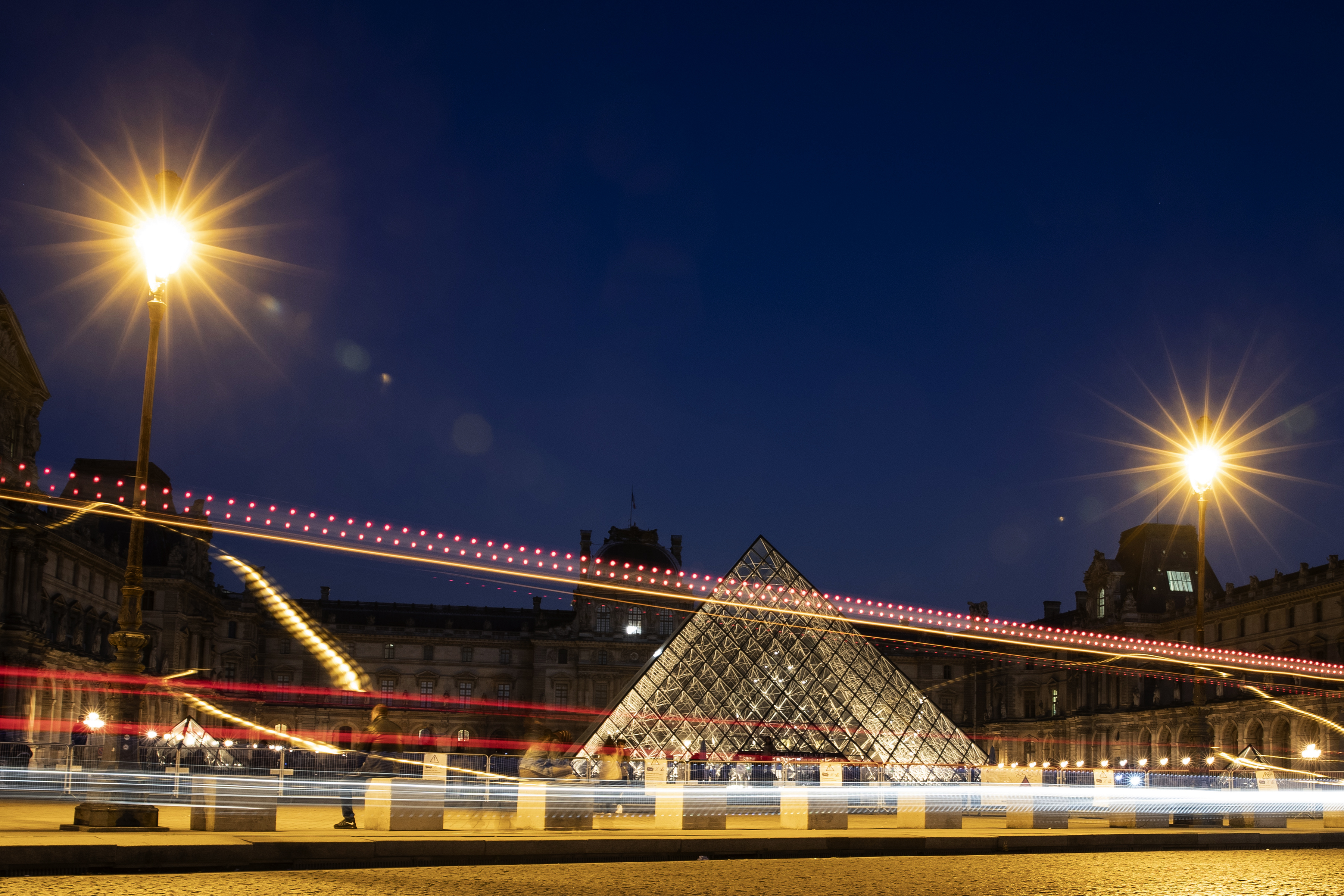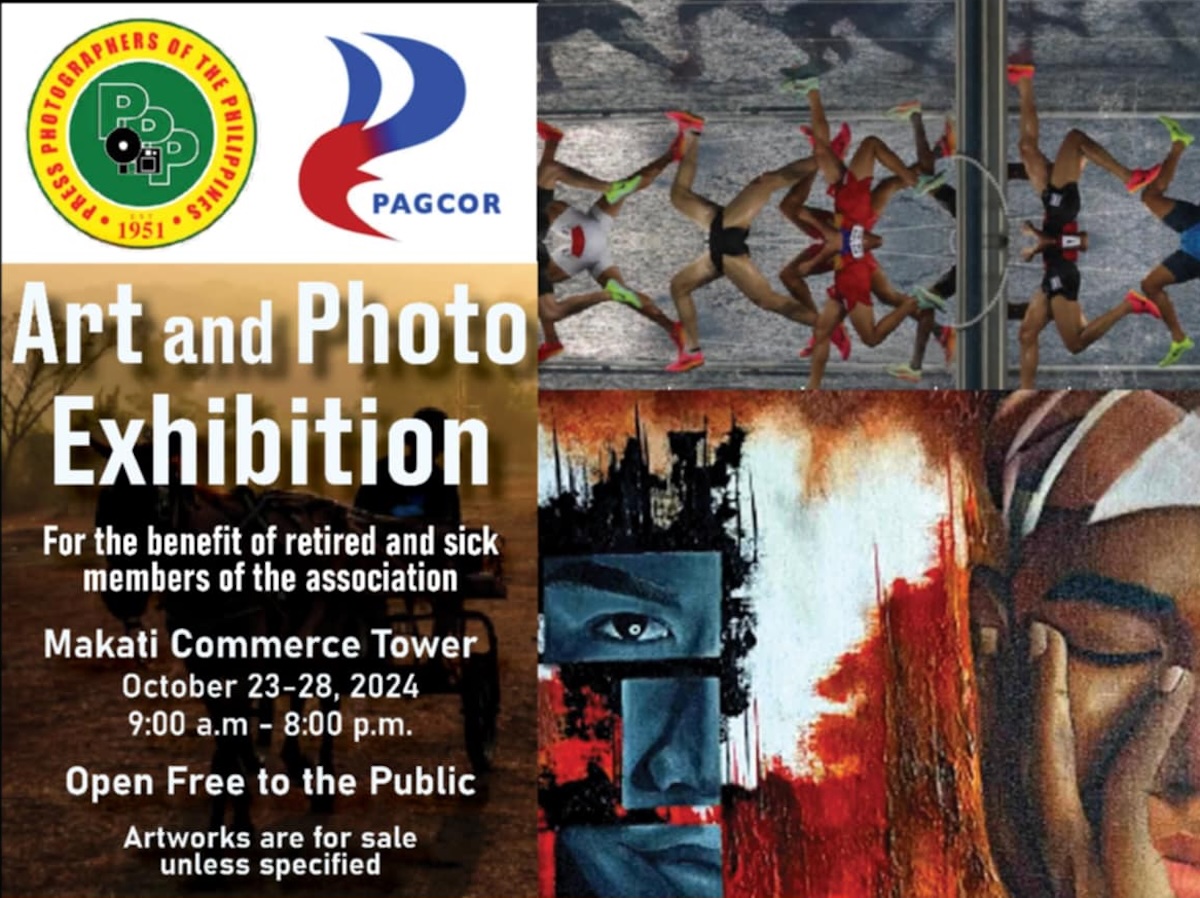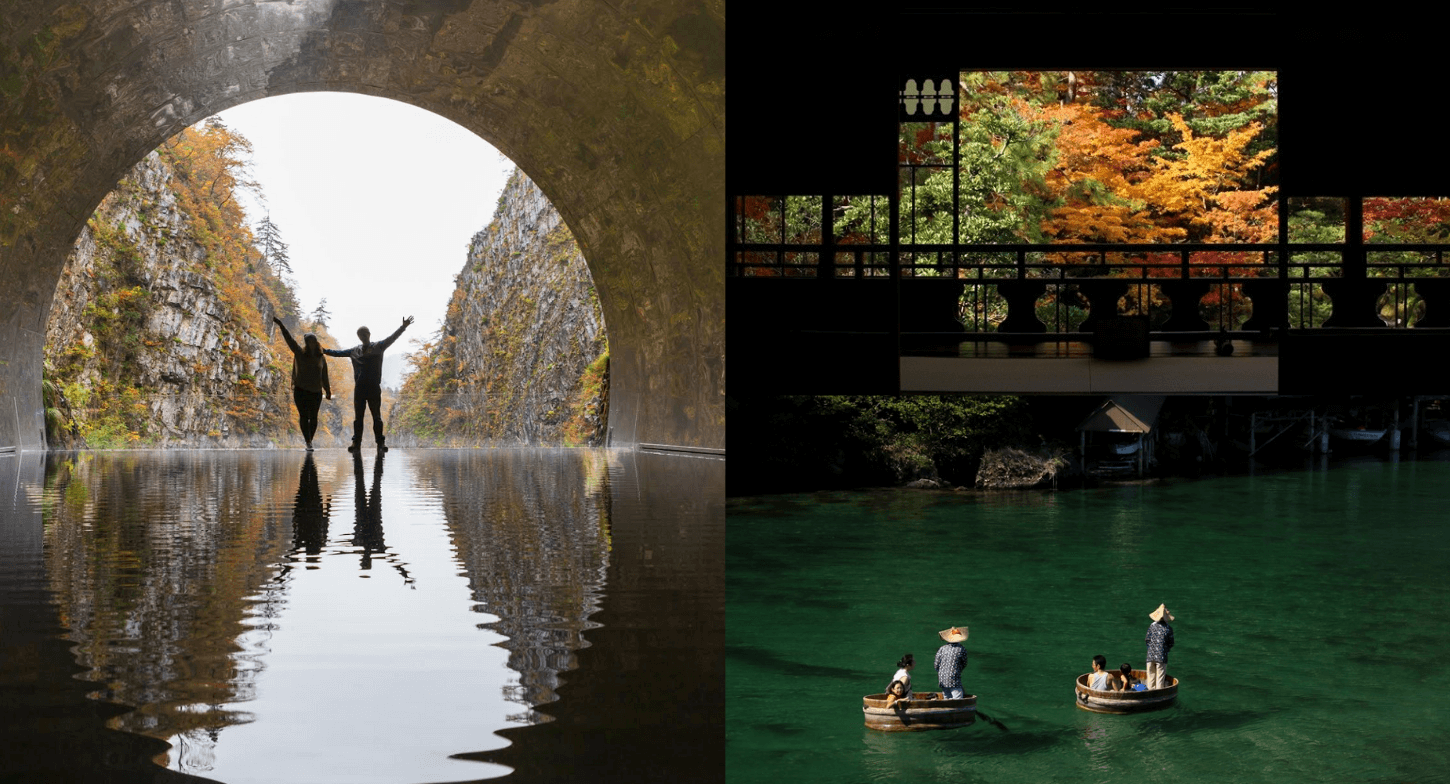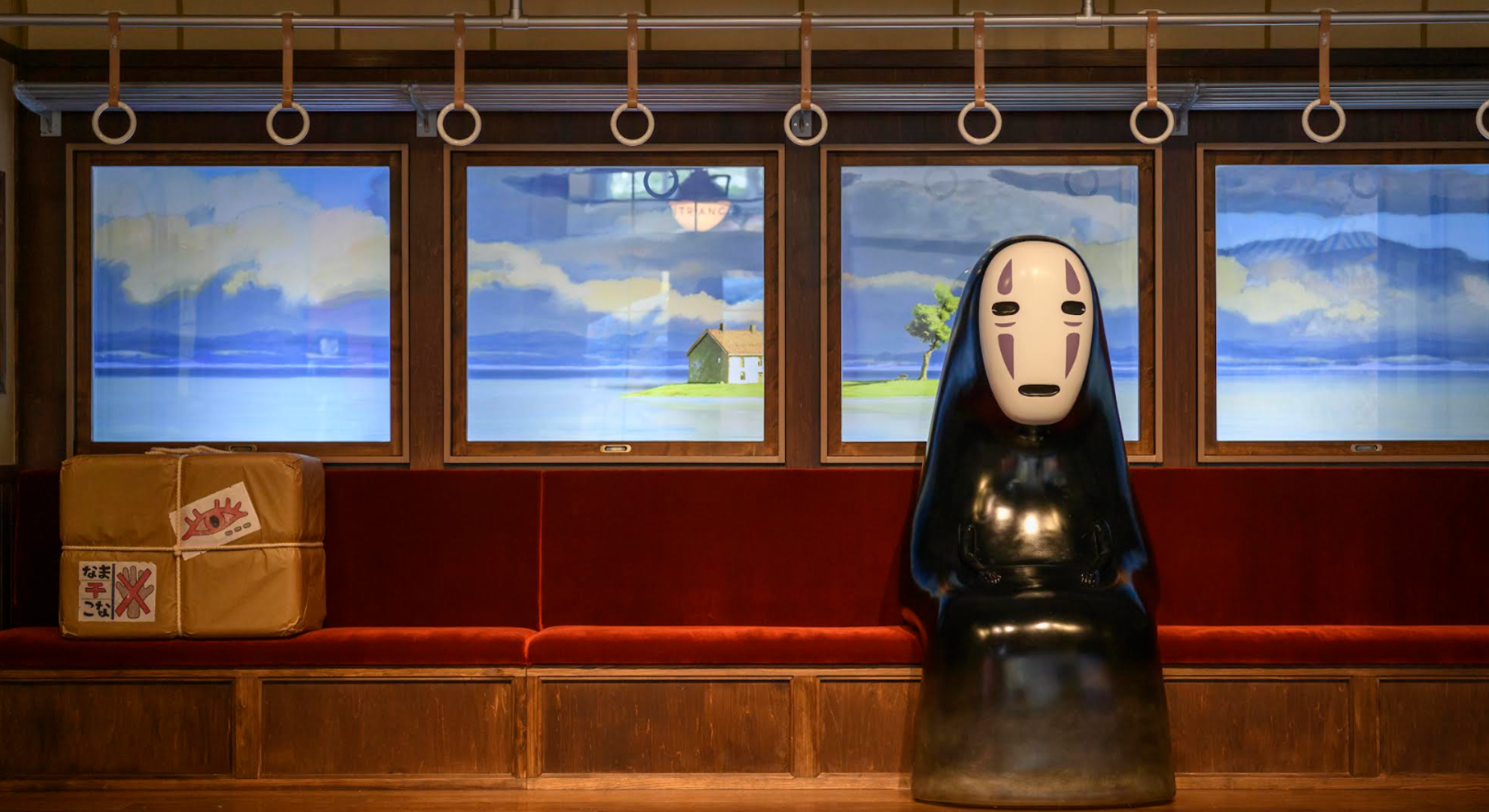By: Olivier Thibault via AFP
Today it attracts 10 million visitors a year, most of them tourists drawn by star attractions such as the Mona Lisa and Venus de Milo. On the 30th anniversary of the inauguration of I.M. Pei’s landmark glass pyramid within one of its courtyards, here is a look back over some of the colourful episodes in the long life of the Louvre.
1190: Watchtower
It started off as a Middle Age fortress set up by King Philippe-Auguste in 1190 as part of an enclosure to defend Paris, then several times smaller than it is today. As part of the fortification, the moated Louvre Castle monitored entry from the river Seine just as the Tower of London did with the Thames.
The base of its “Grosse Tour,” a large tower that served in part as a dungeon, still exists today.
1546: Royal Palace
As Paris expanded, the fortress lost its defensive role and was occasionally used as a royal residence. But when King Francis I returned after being imprisoned in Spain, he announced it would be converted into his main residence.
Celebrated French Renaissance architect Pierre Lescot designed the luxurious palace, with work starting in 1546 on its now-famous facade interspersed with columns, bas-reliefs, and statues.
It became home to successive monarchs, each adding to its transformation, but lost its status as a royal residence after Louis XIV moved in 1678 to Versailles, about 20 kilometres (12 miles) outside of the city.
1725: Arts Salon
The Louvre evolved into a centre for arts, the prestigious Royal Academy of Painting and Sculpture taking up residence in the 1690s.
In 1725 the academy exhibited its members’ work for the first time in its Salon Carre (Square Salon). Such “salons” or shows became major events in the arts world.
A handful of artists worked and lived in the Louvre during this time, including Jean-Baptiste Simeon Chardin and Rococo painter Jean-Honore Fragonard, but they were driven out as the space was reclaimed for a museum.
1793: Museum
Soon after the start in 1789 of the French Revolution that overthrew the monarch, the governing Assembly decided the Louvre should be turned into a museum and its royal collections displayed to the public.
The National Museum opened in 1793. Napoleon I played a key role in its formation, remodelling the space and increasing its collection with acquisitions from his various conquests. He married Marie-Louise of Austria in the Louvre in 1810.
After a first presentation of just over 700 paintings and objects, the Louvre today exhibits about 35,000 pieces from a collection nearly 20 times larger.
1830: Artists Stand Guard
During the three-day 1830 July Revolution that overthrew another king, artists acted as national guardsmen to watch over the Louvre’s masterworks and stop looting.
Eugene Delacroix kept an eye on Egyptian antiquities; Jean-Auguste-Dominique Ingres safeguarded works by Raphael.
Both men are today proud features of the Louvre’s collection, which includes Delacroix’s most famous painting “Liberty Leading the People,” inspired by those “Three Glorious Days.”
1911: Mona Lisa Missing
In 1911 the number of visitors to the Louvre reached a new peak with crowds flocking to see the empty space where Leonardo da Vinci’s “Mona Lisa” used to hang.
The painting, acquired by Francois I centuries before, had been stolen.
An Italian labourer was discovered to be the thief and the work was found two years later in Florence. It was returned by special train to the Louvre, becoming its star attraction.













































